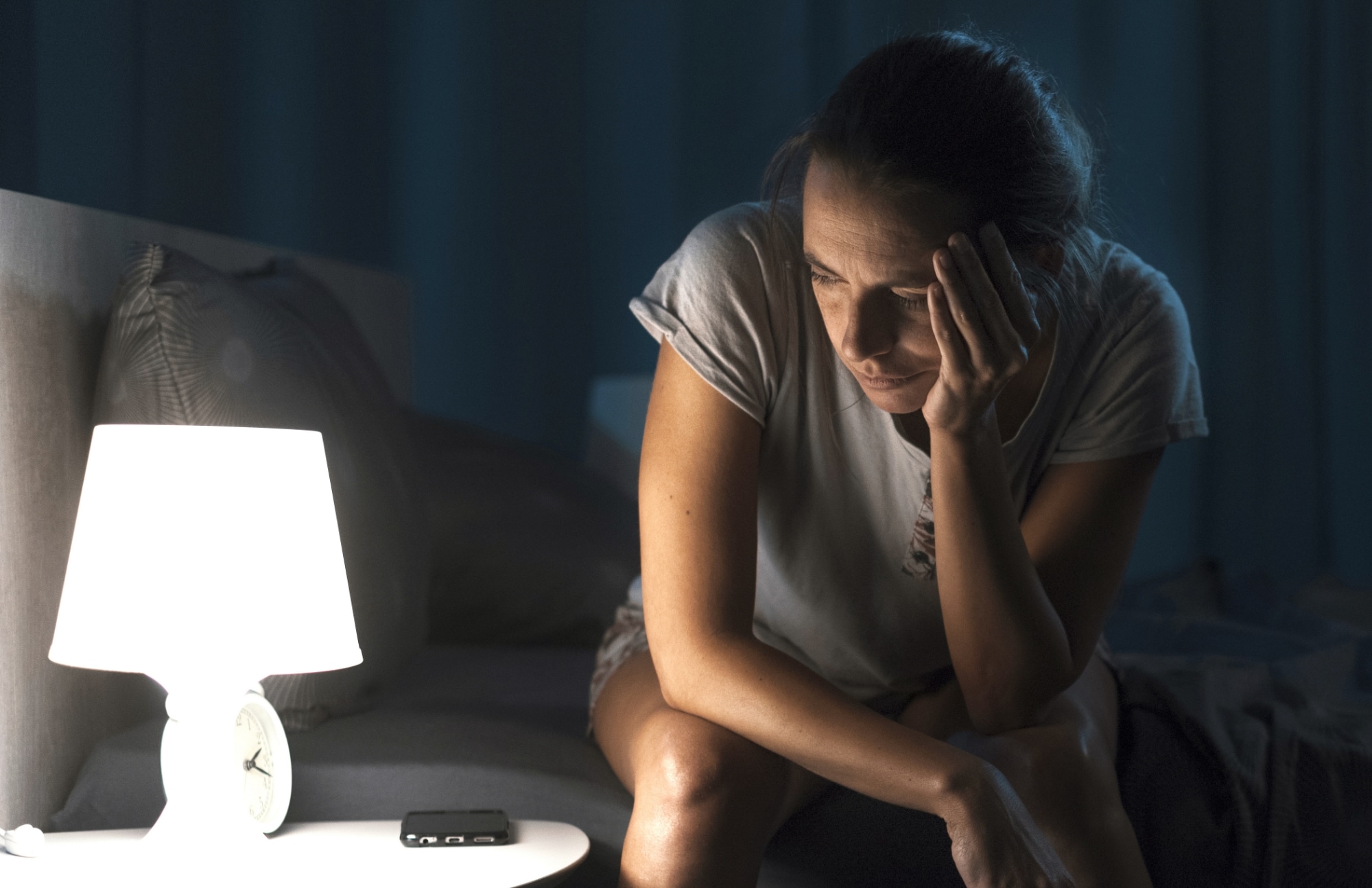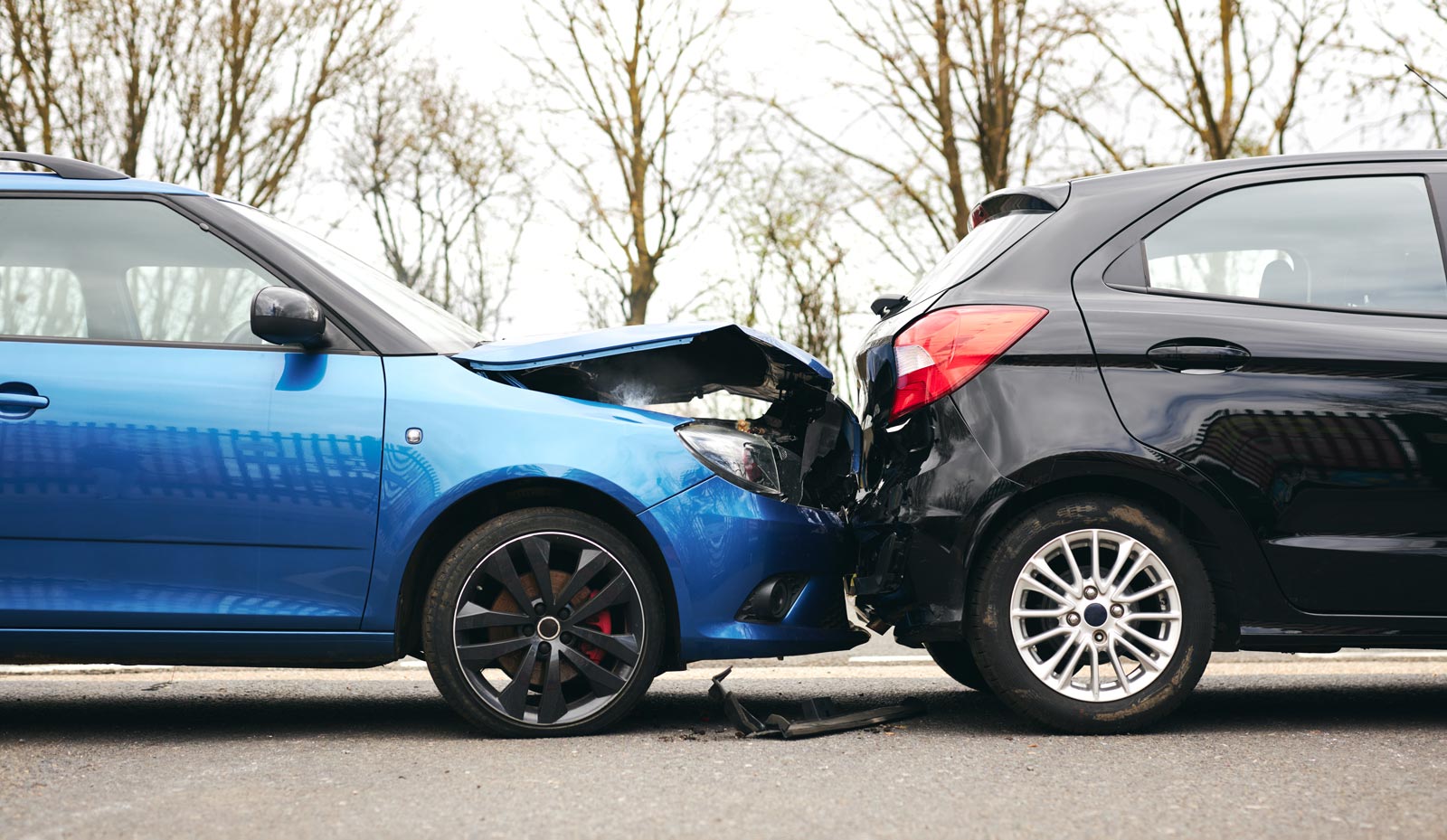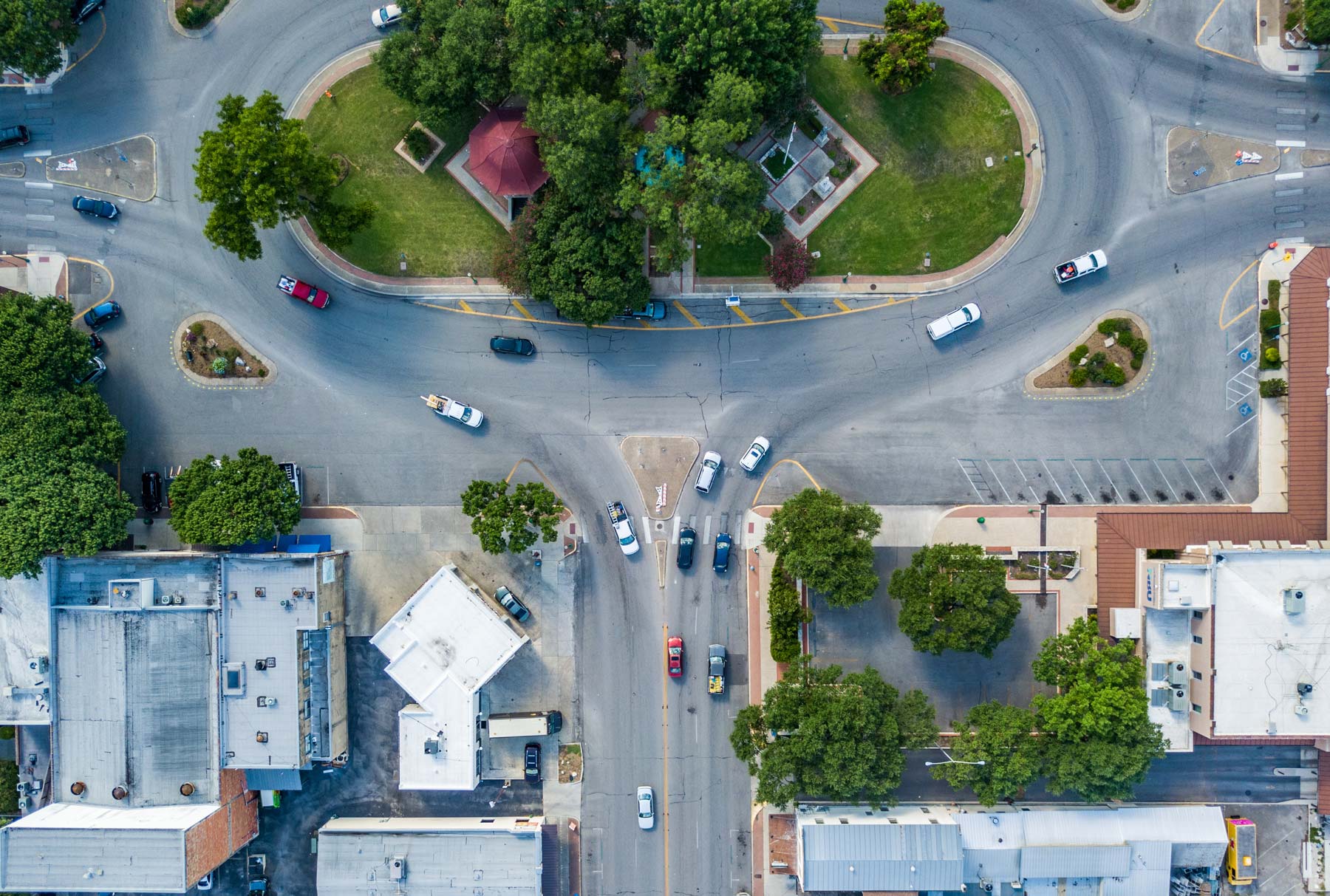Many people tell themselves that they are fine to drive home after ”just a couple of drinks.” However, research shows that buzzed drivers cause almost as many car accidents as drunk drivers. When the unthinkable happens, how do you prove that an intoxicated driver caused your crash—especially when their blood-alcohol concentration (BAC) levels don’t reach the legal limit or the police never tested them?
Here, we’ll explain the essentials of drunk and buzzed driving in Texas, including what to do if an intoxicated driver injured you or someone you love.
What Is Buzzed Driving?
You’ve probably seen “buzzed driving is drunk driving” campaigns sponsored by the National Highway Transportation Administration (NHTSA). But do you really understand all the risks associated with drinking and driving?
While the legal blood-alcohol level for drunk driving in Texas is 0.08%, alcohol can impact your driving long before you reach this threshold. Many people are surprised to discover that Texas’ drunk driving laws don’t just prohibit driving with a BAC of 0.08%; it’s also illegal to operate a vehicle if you’re intoxicated (no matter what your BAC is). Traffic safety experts refer to impaired driving with a BAC of 0.01 to 0.07% as buzzed driving.
Many people are surprised to discover that Texas’ drunk driving laws don’t just prohibit driving with a BAC of 0.08%; it’s also illegal to operate a vehicle if you’re intoxicated (no matter what your BAC is).
Our bodies respond to alcohol well before we reach a 0.08% BAC. At first, these effects are relatively minor. But if you continue to drink alcohol, it will begin to impact your driving abilities.
- 0.02 BAC: You have a hard time multitasking.
- 0.05 BAC: Your response times slow down, your depth perception is limited, and you have difficulties tracking objects on the road.
- .08 BAC (legal limit): Your concentration and visual perception are poor, you have short-term memory loss, it’s hard to process information, and you struggle to control the speed of your car.
- 0.10 BAC: In addition to everything listed above, you also have difficulty staying in your lane and can’t brake appropriately.
The National Traffic Safety Board (NTSB) has repeatedly suggested that the U.S. reduce its BAC threshold to 0.05%, the same as many other countries across the world. However, other groups, including Mothers Against Drunk Driving (MADD), argue that changing our BAC laws will not effectively reduce buzzed driving.
However, the problem is very real. In 2019, drunk and buzzed drivers caused at least 2,108 crashes in Bexar County, resulting in 54 fatalities. More than 30% of Bexar County’s fatal car crashes involved drunk or buzzed driving that year.
RELATED: Drunk and Drugged Driving: A Crash Victim’s Essential Guide
How Do I Prove Buzzed Driving Caused My Car Accident?
Sometimes, there are legitimate reasons to suspect buzzed driving. The at-fault driver might readily admit they were headed home from a happy hour or another social event. Or their demeanor might suggest that they weren’t completely sober. In these situations, it’s best to report your concerns to the police when they arrive on the scene. You can also take pictures or videos of the crash site, documenting any erratic or suspicious behavior the other driver exhibits. This information can help your personal injury lawyer connect the crash to the driver’s drinking.
However, it can be challenging to prove that a driver was intoxicated, especially if the police do not perform blood-alcohol concentration testing. In these cases, you’ll need help from an experienced personal injury lawyer. At Crosley Law, we use cutting-edge tactics to identify buzzed drivers and hold them accountable.
Reviewing Crash Reports, Toxicology Results, and Other Documents
Even if a prosecutor decides not to press charges against a buzzed or drunk driver, your lawyer can use the crash report, arrest records, and toxicology results in your personal injury claim. If available, this data can help you prove that the driver was impaired at the time of your wreck.
Other times, a careful review of an at-fault driver’s medical records might show that they were taking medications that interact with alcohol, causing drowsiness, impaired judgment, and other negative side effects.
Reconstructing the Driver’s Activities Before the Crash
When you retrace a buzzed driver’s steps, you may be able to document their alcohol consumption. Using receipts, credit card statements, and testimony from witnesses, your personal injury lawyer can prove that the driver was buzzed at the time of your crash.
When you retrace a buzzed driver’s steps, you may be able to document their alcohol consumption. Using receipts, credit card statements, and testimony from witnesses, your personal injury lawyer can prove that the driver was buzzed at the time of your crash.
For example, we represented Jerry M., a man who had been hit head-on by an 18-wheeler. As we were investigating his case, we discovered a series of witnesses who saw the truck driver drinking in a bar mere hours before the crash. This testimony, combined with cutting-edge information about Jerry’s injuries and evidence of other safety violations, resulted in a more than $16 million jury award.
Building Strong Deposition and Litigation Strategies
A well-prepared injury lawyer can sometimes get at-fault drivers to admit their misconduct. As part of a lawsuit, both parties must share information and participate in a process called discovery. Depositions, where a witness testifies under oath and a court reporter records their statements, are a common part of discovery. Sometimes, your lawyer can get the at-fault driver to admit they were buzzed or acting recklessly during their deposition.
For example, we represented Ryan and Jamie, a brother and sister involved in a violent rear-end collision. When we deposed the driver, we made her admit that she had been binge drinking beforehand. She also revealed that she never saw Ryan and Jamie’s motor vehicle until it was too late. Armed with this information, we negotiated a six-figure settlement for our clients. (After paying their attorney’s fees, costs, and medical bills, Ryan and Jamie received a total of $64,613.76.)
Consulting With Respected Experts
Jurors don’t always understand the dangers of buzzed driving, so we need to educate them. Expert witnesses, like accident reconstruction specialists and toxicologists, can help explain how even a relatively small amount of alcohol can seriously impact someone’s ability to drive safely. Our team has a long history of collaborating with physicians, engineers, researchers, and other respected experts who can help us uncover the real causes of a car crash and fully understand our clients’ injuries.
RELATED: Expert Witnesses and Your Personal Injury Claim
Crosley Law: Holding Buzzed and Drunk Drivers Accountable
At Crosley Law, we use cutting-edge methods to investigate drunk driving accidents. We act quickly, preserving evidence and consulting with experts to identify the precise cause of our clients’ crashes. Then, we aggressively pursue their legal claims, demanding fair compensation for their injuries.
If you or someone you love has been the victim of a traffic crash and you suspect buzzed driving, reach out to Crosley Law. Call 210-LAW-3000 | 210-529-3000 or fill in our website’s easy contact form to schedule your free consultation. Let us put our experience to work for you!
References
Bothelo, Greg. (February 6, 2016). NTSB Calls for Lowering Blood Alcohol Limit, But Is That the Answer? CNN. https://www.cnn.com/2016/02/05/us/drunken-driving-blood-alcohol-limit/index.html
Phillips, D.P., Sousa, A.L.R., Moshfegh, R.T. (2015). Official Blame for Drivers With Very Low Blood Alcohol Content: There Is No Safe Combination of Drinking and Driving. Injury Prevention, 21(1), 28-35. http://dx.doi.org/10.1136/injuryprev-2013-040925
Texas Department of Transportation. (2019). DUI (Alcohol) Crashes and Injuries by County. Texas Department of Transportation. https://ftp.txdot.gov/pub/txdot-info/trf/crash_statistics/2019/40.pdf
The content provided here is for informational purposes only and should not be construed as legal advice on any subject.









